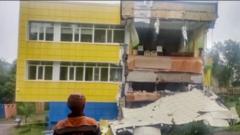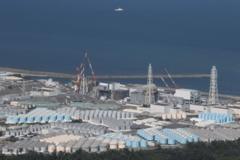Every year when winter thaws in northern Japan, Tomoko Kobayashi and her dedicated team embark on an essential mission: monitoring radiation levels in their hometown of Odaka, just north of the Fukushima Daiichi nuclear plant. The community, still grappling with the aftermath of the catastrophic meltdowns triggered by the 2011 tsunami, utilizes scientific measuring devices, akin to Geiger counters, to assess and document radioactivity levels in their environment.
Armed with survey meters, Ms. Kobayashi navigates a familiar route through her surroundings, probing the air at numerous points to gather data. The readings are meticulously converted into color-coded maps, highlighting areas affected by radioactive particles that remain dispersed across their land—critical resources given the inadequacy of government-provided maps that fail to showcase hazardous zones adequately.
At 72 years old and the owner of Futabaya, a family-run inn that has been a fixture for several generations, Ms. Kobayashi emphasizes the importance of self-reliance in understanding the safety of their environment. “The government wants to proclaim that the accident is over, but it isn’t,” she states, reflecting the ongoing struggle for reassurance about living in a site still haunted by nuclear fallout.
With each data collection day, the residents of Odaka build a narrative of resilience and scientific inquiry; they strive to reclaim their lives and land, transforming fear into community empowerment. Through their self-taught skills and dedication, they embody the spirit of citizen science—a movement that not only challenges institutional narratives but also deepens their ties to the land they call home.









